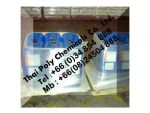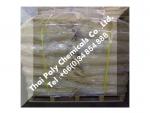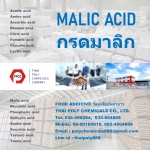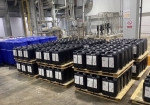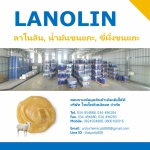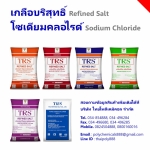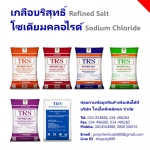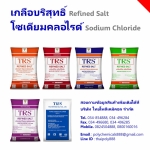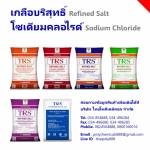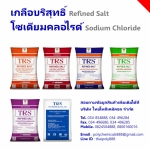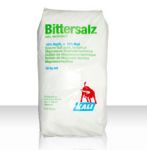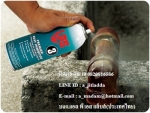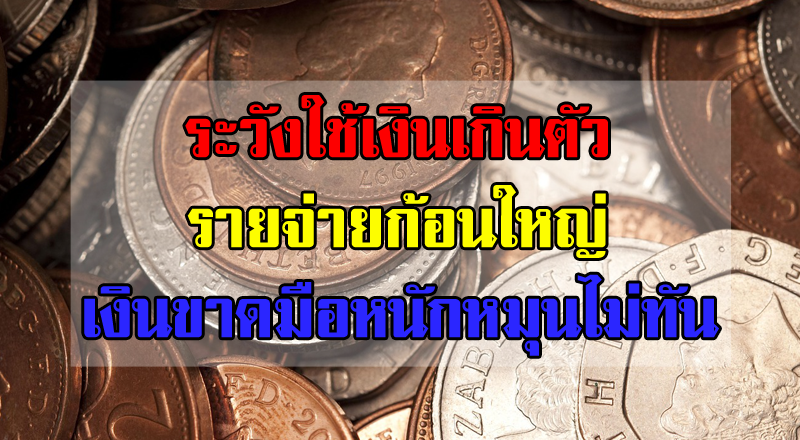กรดฟอร์มิก, Formic acid, CH2O2, ฟอร์มิกแอซิด, กรดมด, กรดฟอร์มิค |
฿1 |
|
ชื่อผู้ประกาศ : ไทยโพลีเคมิคอล เบอร์โทรศัพท์ : 034854888, 034496284 โทรศัพท์มือถือ : 0800160016 ที่อยู่ : 36/5 ม.9 ต.นาดี อ.เมืองสมุทรสาคร จ.สมุทรสาคร 74000 ร้าน Thai Poly Chemicals |
นำเข้าและจำหน่าย กรดฟอร์มิก,
Formic
acid, CH2O2, ฟอร์มิกแอซิด, กรดมด, กรดฟอร์มิค, สอบถามข้อมูลเพิ่มเติมได้ที่ ฝ่ายขาย บริษัท ไทยโพลีเคมิคอล จำกัด โทรศัพท์
034854888, 034496284 มือถือ 0824504888, 0800160016 โทรสาร 034854899, 034496285
Formic
Acid, กรดฟอร์มิก, ฟอร์มิกแอซิด
กรดฟอร์มิก
เรียกตามระบบว่า กรดเมทาโนอิก เป็นกรดคาร์บอกซิลิกที่มีโครงสร้างไม่ซับซ้อนนัก
สูตร:
CH2O2
รหัส
IUPAC:
Formic acid
ความหนาแน่น:
1.22 ก./ลบ.ซม.
ปริมาตรเชิงโมล:
46.02538 ก./โมล
จุดเดือด:
100.8
?C
จุดหลอมเหลว:
8.4 ?C
กรดฟอร์มิก
(formic
acid) เป็นกรดอินทรีย์ (organic acid) ชนิดหนึ่งอาจเรียกว่า
กรดเมทาโนอิก (methanoic acid) เป็น กรดคาร์บอกซิลิก (carboxylic
acid) ที่มีน้ำหนักโมเลกุลน้อยที่สุด มีสูตรโมเลกุลคือ HCOOH
กรดฟอร์มิก
(formic
acid) อาจเกิดจากการสังเคราะห์โดยจุลินทรีย์ในกระบวนการหมัก (fermentation)
การเผาไหม้ไม้เพื่อการรมควัน (smoking) กรดฟอร์มิก
มีกลิ่นฉุนและแรงแสบจมูก แต่เอทิลเอสเทอร์ของกรดนี้มีกลิ่นคล้ายผลไม้
กรดฟอร์มิกใช้เป็นวัตถุเจือปนอาหาร
(food
additive) เพื่อเป็นสารกันเสีย (preservative)
Formic
acid (systematically called methanoic acid) is the simplest carboxylic acid. Its chemical formula is HCOOH or HCO2H. It is an important intermediate in chemical synthesis and occurs naturally, most notably in ant venom. Its name comes from the Latin word for ant, formica, referring to its early isolation by the distillation of ant bodies. Esters, salts, and the anions derived from
Uses
A
major use of formic acid is as a preservative and antibacterial agent in livestock feed. In Europe, it is applied on silage (including fresh hay) to promote the fermentation of lactic acid and to suppress the formation of butyric acid; it also allows fermentation to occur quickly, and at a lower temperature, reducing the loss of nutritional value. Formic acid arrests certain decay processes and causes the feed to retain its nutritive value longer, and so it is widely used to preserve winter feed for cattle.[citation needed] In the poultry industry, it is sometimes added to feed to kill E. coli bacteria. Use as preservative for silage and (other) animal feed constituted
Formic
acid is also significantly used in the production of leather, including tanning (23% of the global consumption in 2009[8]), and in dyeing and finishing of textile (9% of the global consumption in 2009[8]) because of its acidic nature. consumption. Formic acid is also used in place of mineral acids for various cleaning products, such as limescale remover and toilet bowl cleaner. Some formate esters are artificial flavorings or perfumes. Beekeepers use formic acid as a miticide against the tracheal mite (Acarapis woodi) and the Varroa
Laboratory
use
Formic
acid is a source for a formyl group for example in the formylation of methylaniline to N-methylformanilide in toluene. In synthetic organic chemistry, formic acid is often used as a source of hydride ion. The Eschweiler-Clarke reaction and the Leuckart-Wallach reaction are examples of this application. It, or more commonly its azeotrope with triethylamine, is also used as a source of hydrogen in transfer hydrogenation. Like acetic acid and trifluoroacetic acid, formic acid is commonly used as a volatile pH modifier in HPLC and capillary electrophoresis. As mentioned below, formic acid may serve as a convenient source of carbon monoxide by being readily decomposed
Reactions
Formic
acid shares most of the chemical properties of other carboxylic acids. Reflecting its high acidity, its solutions in alcohols form esters spontaneously. Formic acid shares some of the reducing properties of aldehydes,
Decomposition
Heat
and especially acids cause formic acid to decompose to carbon monoxide (CO) and water (dehydration). Treatment of formic acid with sulfuric acid is a
In
the presence of platinum, it decomposes with a release of hydrogen and carbon dioxide. Soluble ruthenium catalysts are also effective. Carbon monoxide free hydrogen has been generated in a very wide pressure range (1?600 bar). Formic acid has even been considered as a material for hydrogen storage. The co-product of this decomposition, carbon dioxide, can be rehydrogenated back to room temperature and atmospheric pressure, which is three and a half times as acid is a liquid with a flash point of +69 ?C, much higher than that of
Addition
to alkenes
Formic
acid is unique among the carboxylic acids in its ability to participate in addition reactions with alkenes. Formic acids and alkenes readily react to form formate esters. In the presence of certain acids, including sulfuric and hydrofluoric acids, however, a variant of the Koch reaction occurs instead, and formic acid
Formic
acid anhydride
An unstable formic anhydride, H(C=O)?O?(C=O)H, can be obtained by dehydration
of formic acid with N,N'-Dicyclohexylcarbodiimide in ether at low temperature.
สอบถามข้อมูลเพิ่มเติมได้ที่
ฝ่ายขาย
Thai
Poly Chemicals Co., Ltd.
บริษัท
ไทยโพลีเคมิคอล จำกัด
ที่อยู่36/5
ม.9 แขวง/ตำบลนาดี เขต/อำเภอเมืองสมุทรสาคร จังหวัดสมุทรสาคร รหัสไปรษณีย์74000
Tel.:
034854888, 034496284
Fax.:
034854899, 034496285
Mobile:
0824504888, 0800160016
Website
: www.thaipolychemicals.com
Email1 : thaipolychemicals@hotmail.com
Email2 : info@thaipolychemicals.com
กรดฟอร์มิกCH2O2กรดมดกรดฟอร์มิคacidFormicฟอร์มิกแอซิด

